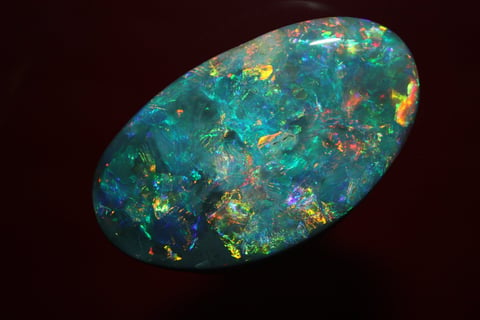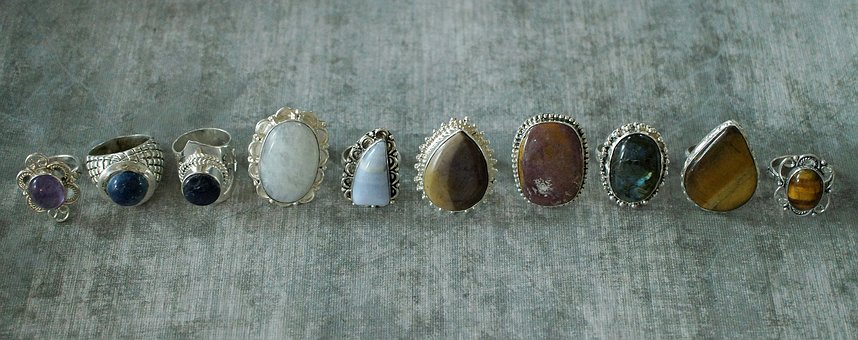While a beautiful gemstone typically has a high monetary worth, its strong historical importance frequently sets it apart. A gemstone frequently has a special aura that endures; we use it to commemorate significant events in our life, such as engagements, marriages, friendships, parenting, birthdays, travels, customs, and acts of love. Do you know the hidden meanings and histories of your favorite gems? We will give you a brief introduction as follows.
Ruby
Ruby is a gemstone that has been used for centuries. It was associated with the planet Mars and was believed to be a powerful talisman and protective stone. The ruby is said to be capable of transforming negative energy into positive energy, enhancing creativity, self-confidence, courage, and success.
Ruby and Diamond Necklace
A favorite jewel of the Duchess of Windsor. This was a gift sent by the Duke of Windsor for her 40th birthday. Designed by Van Cleef & Arpels in 1939, this stunning piece of jewelry is not only a testament to their astonishing love, but also to the historical mastery of jewelry of the time.
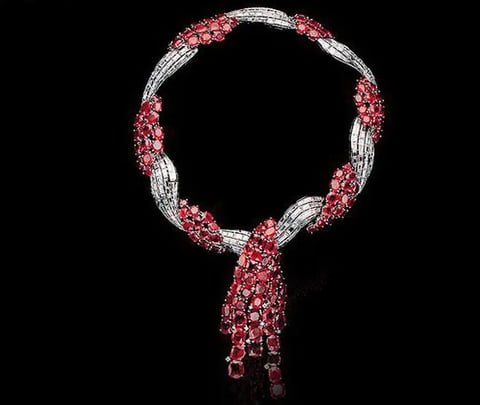
Blue Sapphire
The symbolization of Blue Sapphire is a mixture of water and sky. It is the color of the deep blue ocean and features a range from light to dark. The gemstone is said to be able to soothe anger and bring peace. The Egyptians would often use it for royal jewelry, while in India it was believed that Blue Sapphire could ward off evil spirits.
The Belgian Sapphire Tiara
The British Royal Family has Royal Blue as a symbol of prestige. The sapphire is not only the crown jewel of the British royal family, but has also been passed down from generation to generation as an ancestral ring for millennia, and is customarily used to grace major occasions. Amongst the Queen's many curiosities, sapphires were the most sought-after and the most beloved of her collection. From the 1960s through the early 1990s, the Queen wore the sapphire tiara frequently before it was hidden away in the royal wardrobe for many years.

Emerald
In ancient Egypt, emeralds were believed to be the tears of the god Horus. In Chinese legend, it was said that each person had a stone on their head that represented their soul and an emerald was the stone on top of the head. In modern times, emeralds are often used as engagement rings because they symbolize love and eternal fidelity.
Elizabeth Taylor's Bulgari Emerald and Diamond Pendant Brooch
It weighed about 23.46 carats and was worn by the actress for their 1964 nuptials before going for $6.6 million at Christie's in 2011. It is currently the most expensive item of emerald jewelry ever sold at auction.

Garnet
Garnet is a gemstone that is typically red in color. It can be found in different shades of red and also in other colors such as orange, yellow, purple, green, and brown. The word garnet comes from the Latin word 'granum', which means pomegranate. There are many legends about where this name came from. One legend says that the blood of Christ became a garnet when it dripped onto the ground after he was crucified. There are many people who believe that wearing garnets brings them luck or protects them from evil spirits.
Pyrope Hair Comb
Ales and Maria Herdlicka gave this vintage hair comb as a donation in 1937. It contains Czech Bohemian pyrope garnets, which traditionally served as the main supplier of the red garnets used in Victorian jewelry (1837-1901).

Cat's Eye Chrysoberyl
Cat's Eye chrysoberyl, which has a cat's eye appearance when cut into a cabochon, is the product of a natural phenomenon in which iron oxide and titanium oxide are aligned in parallel lines. The most common use for the gem is as a talisman to ward off evil spirits. However, it can also be used in the treatment of ailments such as asthma and heart disease.
The Eye of The Lion
A dark, greenish-yellow 465-ct oval cabochon cut from a piece of Sri Lankan rough weighing over 700 carats, is the largest cut cat's eye in the entire world.
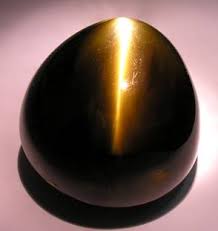
Pearl
The pearl is a gemstone that has been used in jewelry and other items of adornment since the beginning of recorded history. It is not known when pearls were first discovered, but they are mentioned in ancient texts from India, Rome, Greece, and China.
The Romans believed that pearls had medicinal qualities, and would wear them as amulets for protection against evil spirits and disease. In Ancient Greece, it was said that a pearl would lose its luster if an unmarried woman who owned it died a virgin. The belief was so strong that some women would deliberately kill themselves in order to ensure their family's financial security with her deathbed gift of a large pearl she had worn around her neck for years before she died.
The Imperial Hong Kong Pearl
A baroque pearl almost the size of a bird's egg got its name from being owned by Chinese royalty. This pearl, which has an intriguing teardrop form, is renowned for its incredible shine and vivid hue.
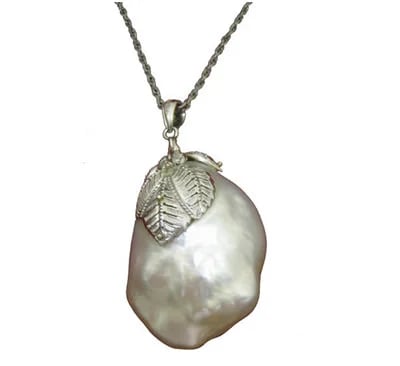
Opal
The word "opal" is derived from the Latin word "opallus" meaning "to see a change in color." Opal is a mineraloid and not a true mineral. It is made of silicon dioxide (SiO2) and water. The opal's unique qualities are its play-of-color, its iridescence, and the fact that it can show different colors from different angles.
Opal is a symbol of commitment, loyalty, and long, healthy life. This symbolism may have originated from an Indian myth in which the Rainbow Goddess transformed herself into an opal to evade competing deities vying for her favor. Opal was the first "mood stone," for all those secret hippies out there.
The Aurora Australis
It is thought to be the most priceless Black Opal in the entire globe. It was discovered by Opal miner Charlie Dunstan in an ancient seabed and features the unmistakable imprint of a starfish on its back. A harlequin design with the primary colors of red, green, and blue against a black background can be seen in "The Aurora Australis." Its dimensions are 3 inches by 1.8 inches, and it weighs 180 carats. The Opal's size and powerful, vivid color play contribute to its rarity.
